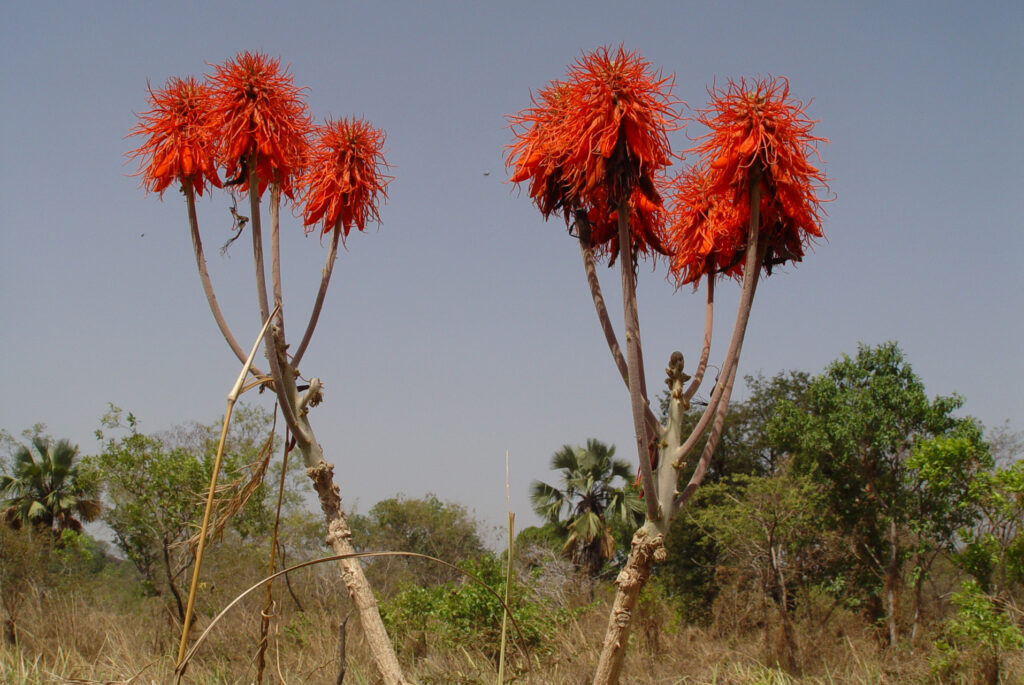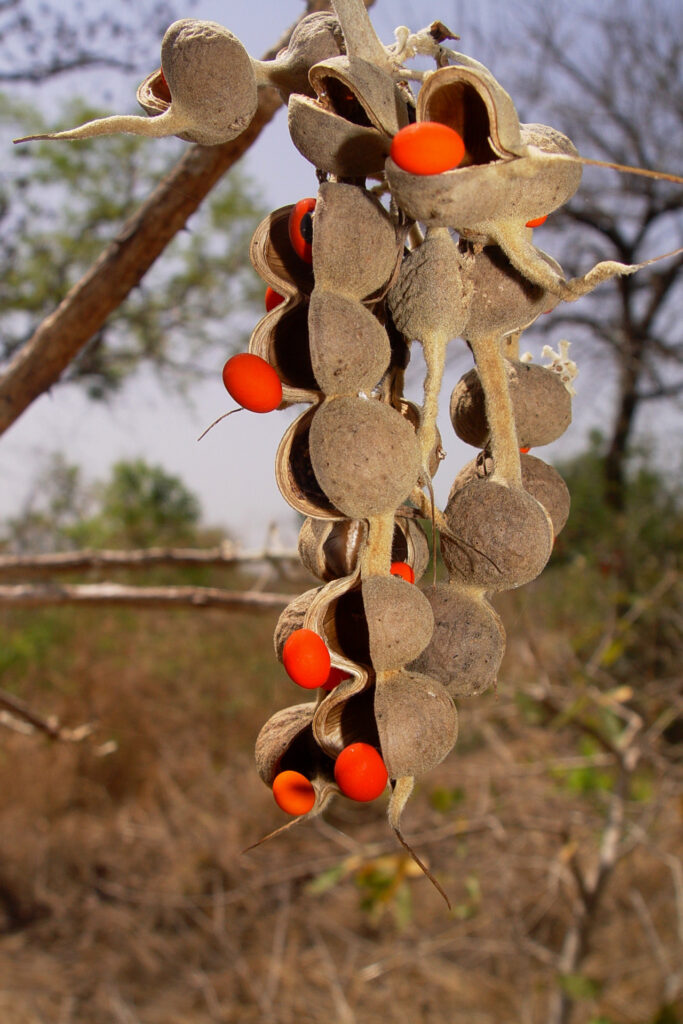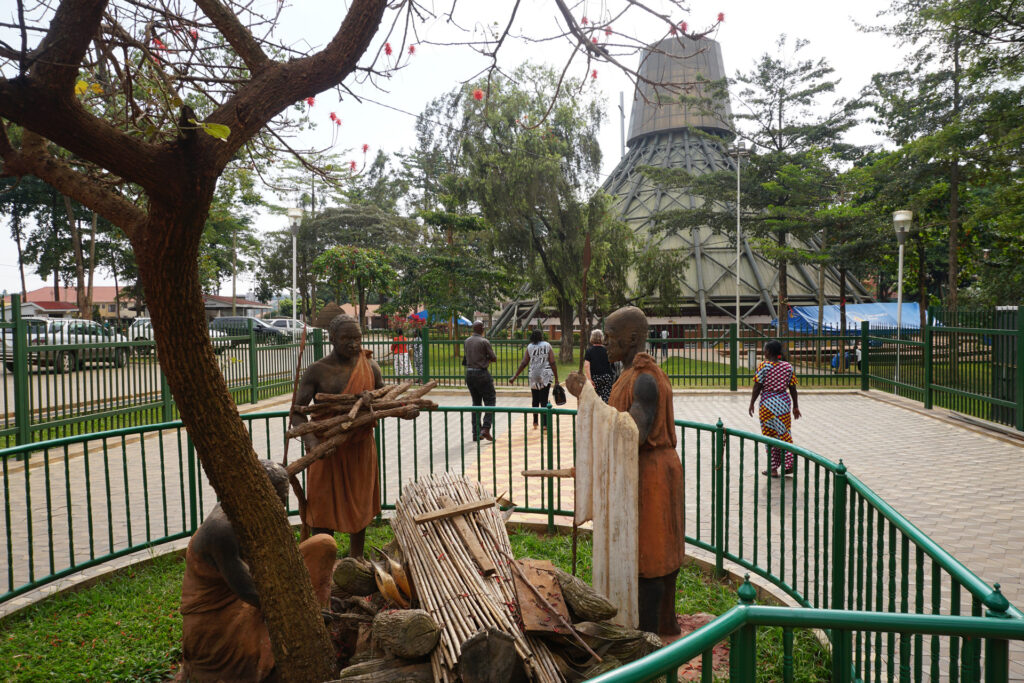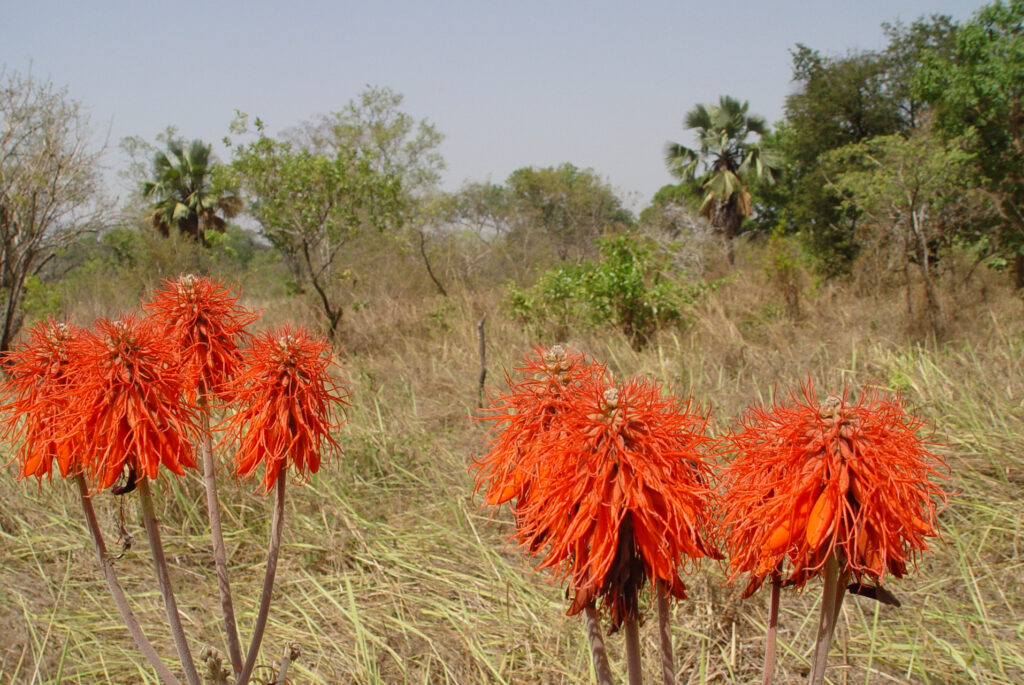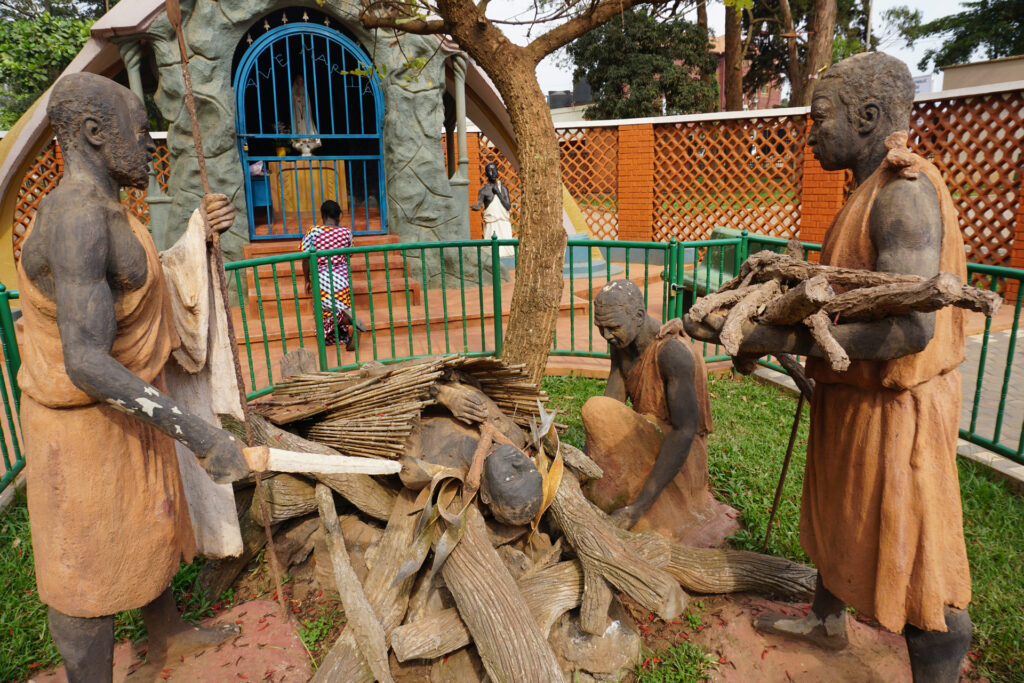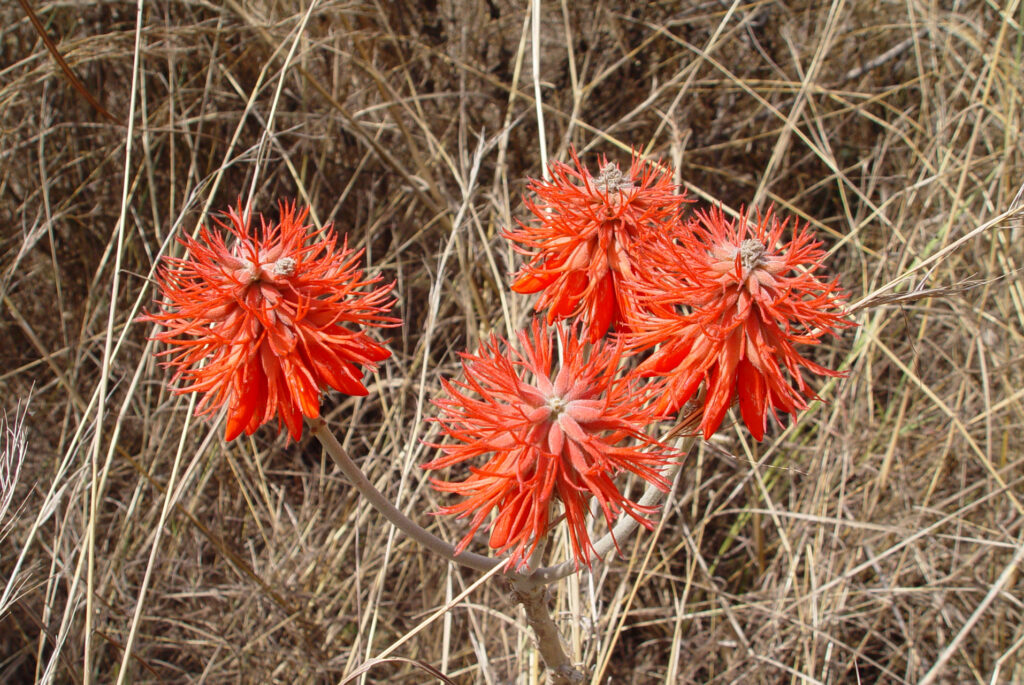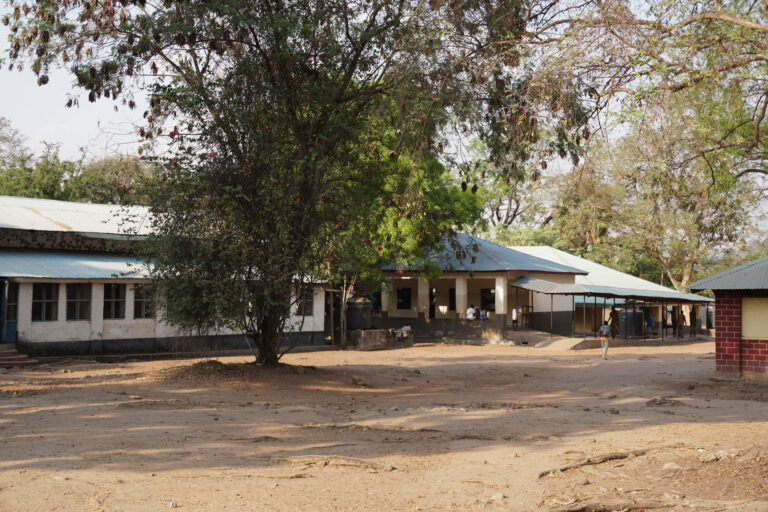Website for Lui Hospital
The Lui Hospital (Health Sciences Institute) is, besides the hospital in the capital Juba, the only major hospital in the east of South Sudan. African Mission, together with Pixel Creation, has created a website for this important hospital.

